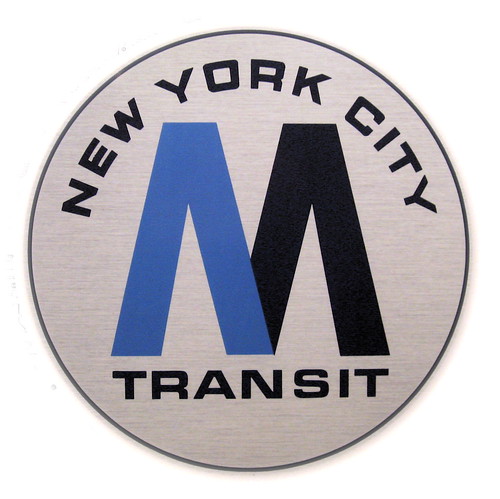Streetsblog: What If Everyone Drove to Work Inside Manhattan’s Central Business District?
(Source: Streetsblog)
Sure, knocking the MTA is a favorite local past time, particularly for the politicians and press who are practically guaranteed a “Hallelujah!” chorus for every barb (today’s scandal: fat cat transit workers poised to rake in cost-of-living allowance!!). But despite the MTA’s problems, as Michael Frumin points out on his Frumination blog, the city’s streets and highways can’t hold a candle to the subways when it comes to moving commuters into and out of Manhattan’s Central Business District.
Parsing data derived from 2008 subway passenger counts and the NYMTC 2007 Hub Bound Report [PDF], Frumin writes:
Just to get warmed up, chew on this — from 8:00AM to 8:59 AM on an average Fall day in 2007 the NYC Subway carried 388,802 passengers into the CBD on 370 trains over 22 tracks. In other words, a train carrying 1,050 people crossed into the CBD every 6 seconds.Breathtaking if you ask me.
Over this same period, the average number of passengers in a vehicle crossing any of the East River crossings was 1.20. This means that, lacking the subway, we would need to move 324,000 additional vehicles into the CBD (never mind where they would all park).
At best, it would take 167 inbound lanes, or 84 copies of the Queens Midtown Tunnel, to carry what the NYC Subway carries over 22 inbound tracks through 12 tunnels and 2 (partial) bridges. At worst, 200 new copies of 5th Avenue. Somewhere in the middle would be 67 West Side Highways or 76 Brooklyn Bridges. And this neglects the Long Island Railroad, Metro North, NJ Transit, and PATH systems entirely.
Click here to read the entire article.



